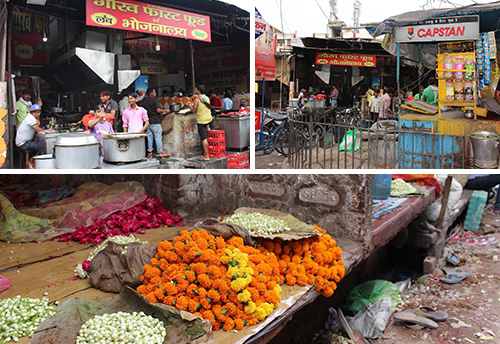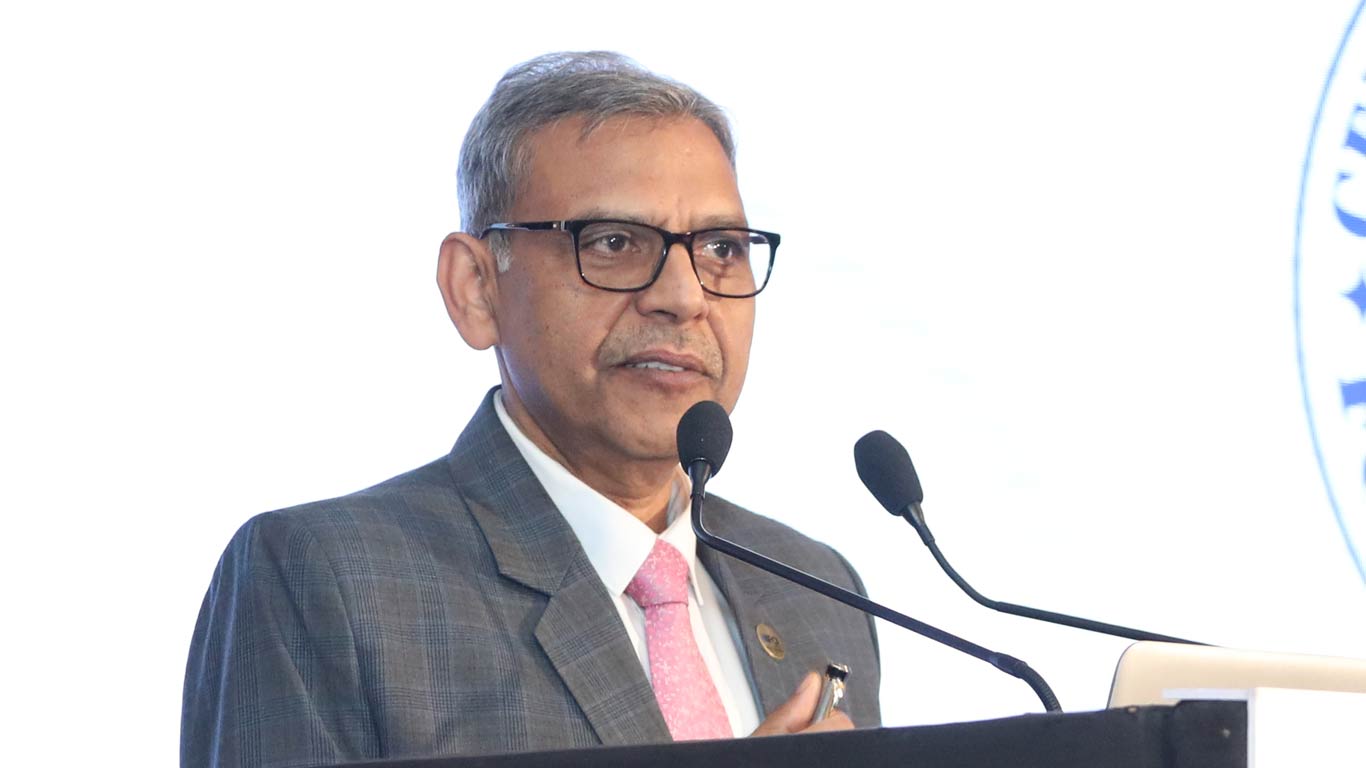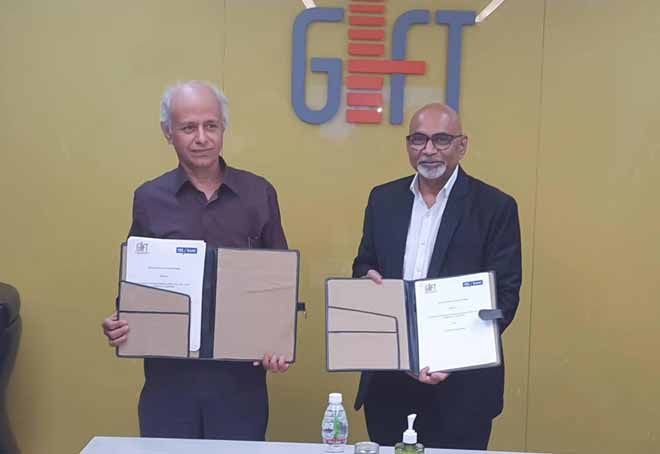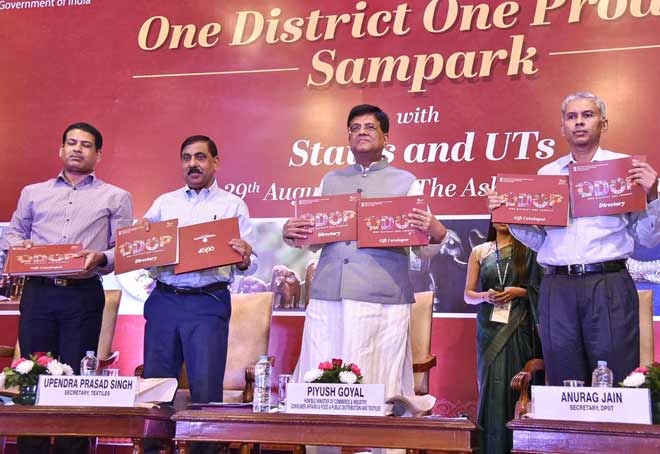Informality: The Quintessential Feature of Indian Urbanism
Updated: Jun 18, 2018 07:22:42am

Informality: The Quintessential Feature of Indian Urbanism
New Delhi, June 18 (KNN) Informality – in the form of activities and material presence – is an essential feature of urbanism in India and the global South in general. Informality in the urban context can be understood from multiple frames as spatial categorization (slum), socio-economic groups (informalized labor), forms of organization (rule-based/relation-based) and knowledge and practices. The urban experience is brought about with the coming together of formal and informal spaces, and activities as witnessed in street economies across urban India. In other Asian cities like the overcrowded streets in the Mongkok district of Hong Kong provides a counter narrative to the criticism of overcrowded streets and markets: they serve as hangouts for the locals, symbolize the chaos and unplanned spatiality of the Asiatic exoticism that appeals to foreign tourists. Every corner of the inner- city area of Mongkok is filled with traffic, shoppers, passer-by, strollers, locals and visitors from other places. Temporal changes brought about by changes in the street from varied uses – pen air bazaar, vehicles, unpredictable mixing of new and old, shops, roadside eateries add to the vibrancy and vitality of street life and help in place making.
Informal street markets could be considered as emblematic of entrepreneurial urbanism. Entrepreneurial urbanism is characterised by a complex interplay of disparate actors, spontaneous situations and diverse activities in the spatial context of the city. This interplay results in optimization of available resources for greater productivity and profitability. Emphasizing the importance of informal street markets in Lucknow, Rajat Kant (1998) writes: Aminabad, which was developed primarily as a wholesale grain market, is currently the focus of all activities of the middle-class salaried city with anything and everything available there. Although the linkages to Aminabad are cumbersome (due to traffic densities), it is enjoyable not because of the formal activities alone but more importantly, because of its intense variety and contrast which the informal sector provides. Aminabad without its street vendors is no place to be in. (Kant, 1998)
(Phoolon wali gulli in Chowk, Lucknow)
Photo credit: Author
(Street food joint in inner city Lucknow)
Photo Credit: Author
---- Informality and Urban Planning
Informal settlements that serve both as work and residential spaces in cities across India are abysmally underserviced in terms of accessibility to water, sanitation, solid waste management, and health services. Despite the economic contribution to the city, urban policies and local authorities remain indifferent to the basic needs of residents in these settlements thereby increasing their vulnerabilities to impending disasters. For instance, the Municipal Corporation of Greater Mumbai in 2014 pointed out that providing water to illegal slum dwellers would further encourage encroachments on public and private lands.
Informal settlements are often not included in the development plan of cities. Urban Planning has increasingly been less concerned about provision of basic infrastructure and services to vulnerable communities living and working in informal conditions. Land use, zoning, building byelaws, and development restrictions are the major concerns of the current urban planning narrative. It is further observed that privatization of developed land, service provisions and road building is increasingly becoming a part of the planning process too. While the government acquires land for public purpose, it immediately dispenses it for Special Economic Zones (SEZs), multimodal freight or highway corridor projects with major real estate component. In cities too, the preparation of master plans, project DPRs by private consultancies has become the new norm. These increasingly promote the new paradigm of globalized smart cities that have no bearing with traditional social values. Resulting in indiscriminate allotment of prime public land for commercial use and residential plots for premium apartments in disguise of affordable housing. This pro-participation of private players in land development, known as the Gurgaon Model in Indian town planning is increasingly finding favour with the local planning authorities. The increasing official and administrative apathy poses as a major challenge to achieving globally accepted goal of inclusive urbanisation as envisaged in Sustainable Development Goals / SDGs. Indifference from the state apparatus has also pushed informal residents to varied tactical methods to access basic services, upgrade housing, build their own toilets and housing and in post disaster work.
It must be mentioned in this context that the domain of informality also includes the territorial practices of the state apparatus. Noted urban theorist Ananya Roy (2009) argued how the state applying rules of exception and deregulation has informalized planning practices citing examples of Indian cities like Calcutta, Bangalore and Gurgaon.
---- Job Creation in Informal Sector Through Better Planning Of Cities
The global character of India’s cities is not restricted to high-end malls, real estate markets, posh residential complexes and IT parks but also informal economies in slums of Dharavi in Mumbai and weavers’ colonies in dilapidated Chowk of Lucknow and several such settlements that cater to global supply chains. It is therefore difficult to find Western-type gentrification of metropolises in India. Unlike in European cities or the one-off case of mill lands in Mumbai, the strategy of gentrification has not worked in India’s historical cores, be it Lucknow, Jaipur, Agra or any other traditional city. This is because of the presence of a large informal economy and the continued presence of varied social groups engaged in petty trades and jobs catering to supply chains that have both local and global economic linkages too. This indicates that in order to promote social and spatial diversity in cities, traditional practices of designing, building and sustaining them has to be prioritized.
In the world-class and now smart city imagination that drives contemporary urban development, to a great extent, street vendors are categorized as nuisance and eyesores and therefore, must be removed from city spaces like sidewalks, footpaths, around railway stations and parks. Removal of street vendors is closely linked to the logic of efficiency in urban governance, beautification and new aspirations and visions around the city. For instance, prioritizing efficiency in urban governance is tied to new aspirations about the usage of city space connected to the cultural practices of consumption and lifestyle changes of ascendant classes. The new aesthetics of the city’s architecture stress beautification and the need to do away with all ugly things, including encroachments in the form of street vendors.
Make Shift stall
(Photo credit: Author)
Job creation in the informal sector could be possible with city level planning. However, so far there is not much clarity about economic activities in a city whereas ideally the planning for cities should be done keeping in view its economic activities. Approximately 50% people in the informal sector—like street vendors, labourers, food vendors, rag pickers are not being absorbed by the city. Keeping in view that the city management is most important for an individual’s growth, there is a need to revamp the way planning is done. Structural reforms are required to add these informal sector employees/ employment creators into the urban plans. Some amount of judicial intervention and civil society activism might just help this process.
In a very significant judgment, the Supreme Court ruled that, if properly regulated according to the exigency of the circumstances, the small traders on the sidewalks could considerably add to the comfort and convenience of the general public, by making available ordinary articles of everyday use for a comparatively lesser price. An ordinary person, not very affluent, while hurrying towards his home after a day’s work can pick up these articles without going out of his way to find a regular market. The right to carry on trade or business mentioned in Article 19(1)g of the Constitution of India, on street pavements, if properly regulated cannot be denied on the ground that the streets are meant exclusively for passing or repassing and no other use (Sodhan Singh vs. NDMC, 1989). The above extract from the Supreme Court judgment is significant, because it emphasizes several important aspects of street vending and use of public space. The judgment notes that street vending, if regulated, cannot be denied merely on the ground that pavements are meant exclusively for pedestrians. The most important aspect is that street vendors are exercising their constitutional right to carry out trade or business hence it should be regulated properly and not abolished.
Author: Dr. Binti Singh, Urban Sociologist, PhD (Urban Studies), M.Phil.(Planning and Development), IIT Bombay, Mumbai











